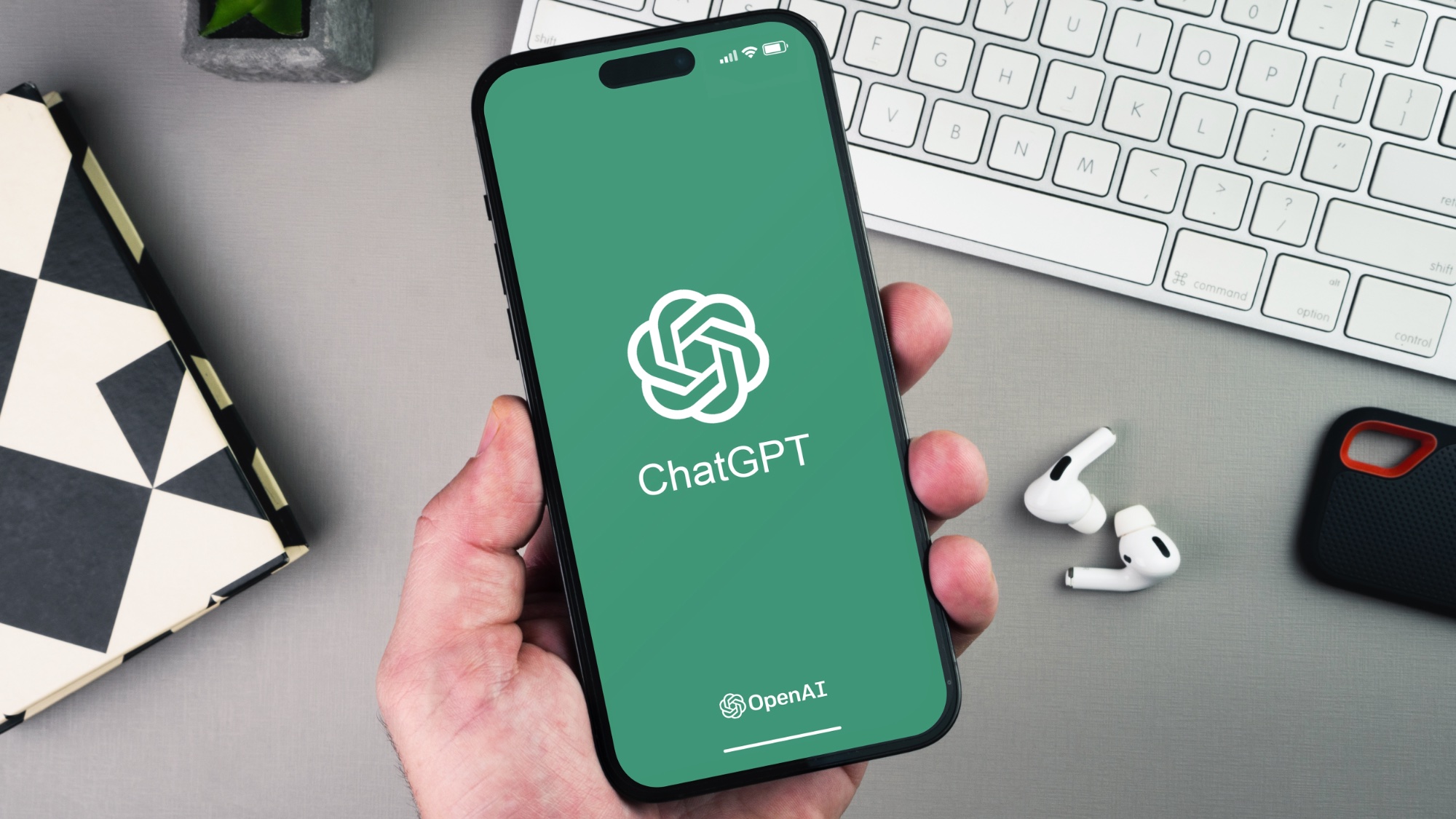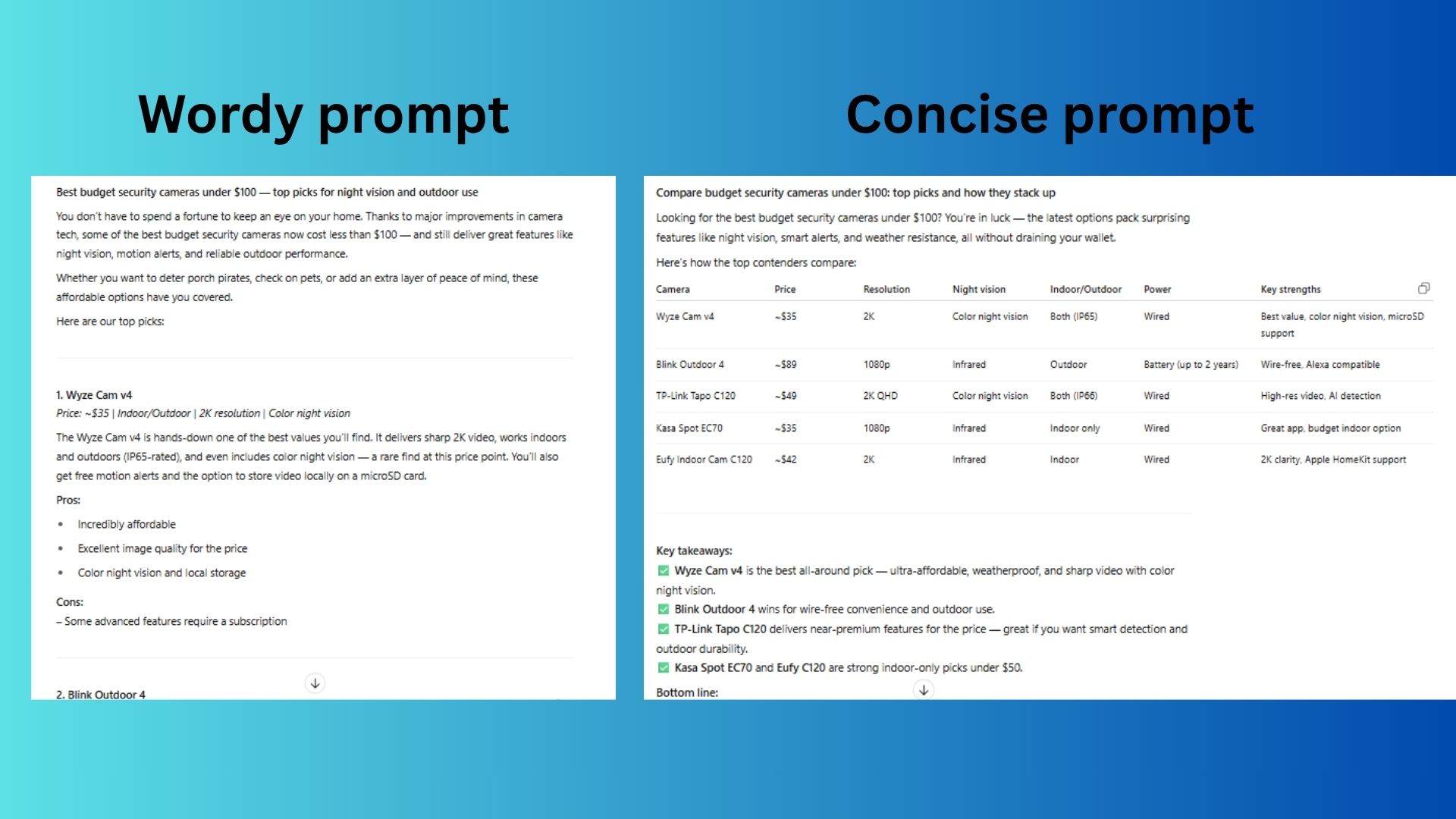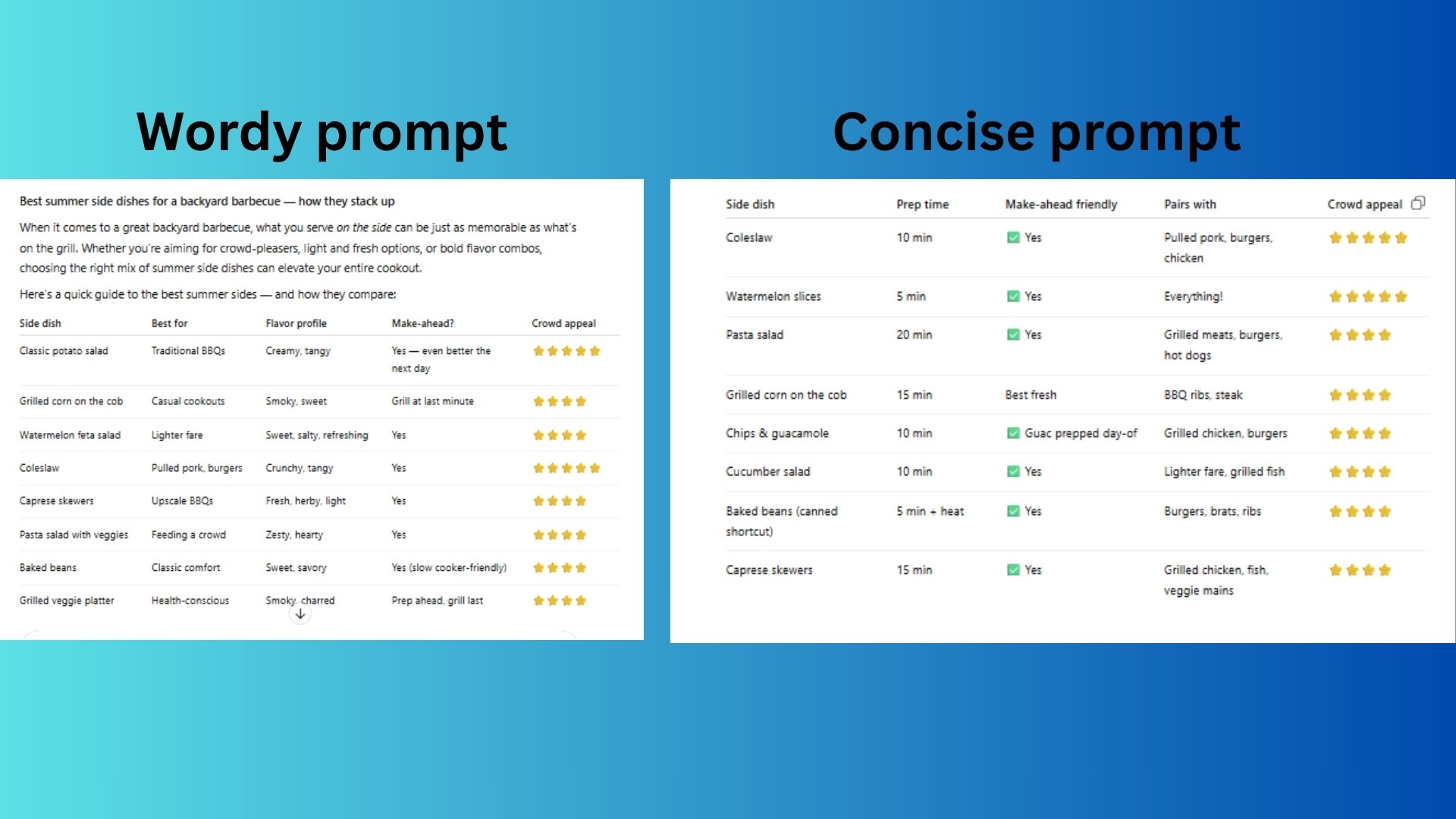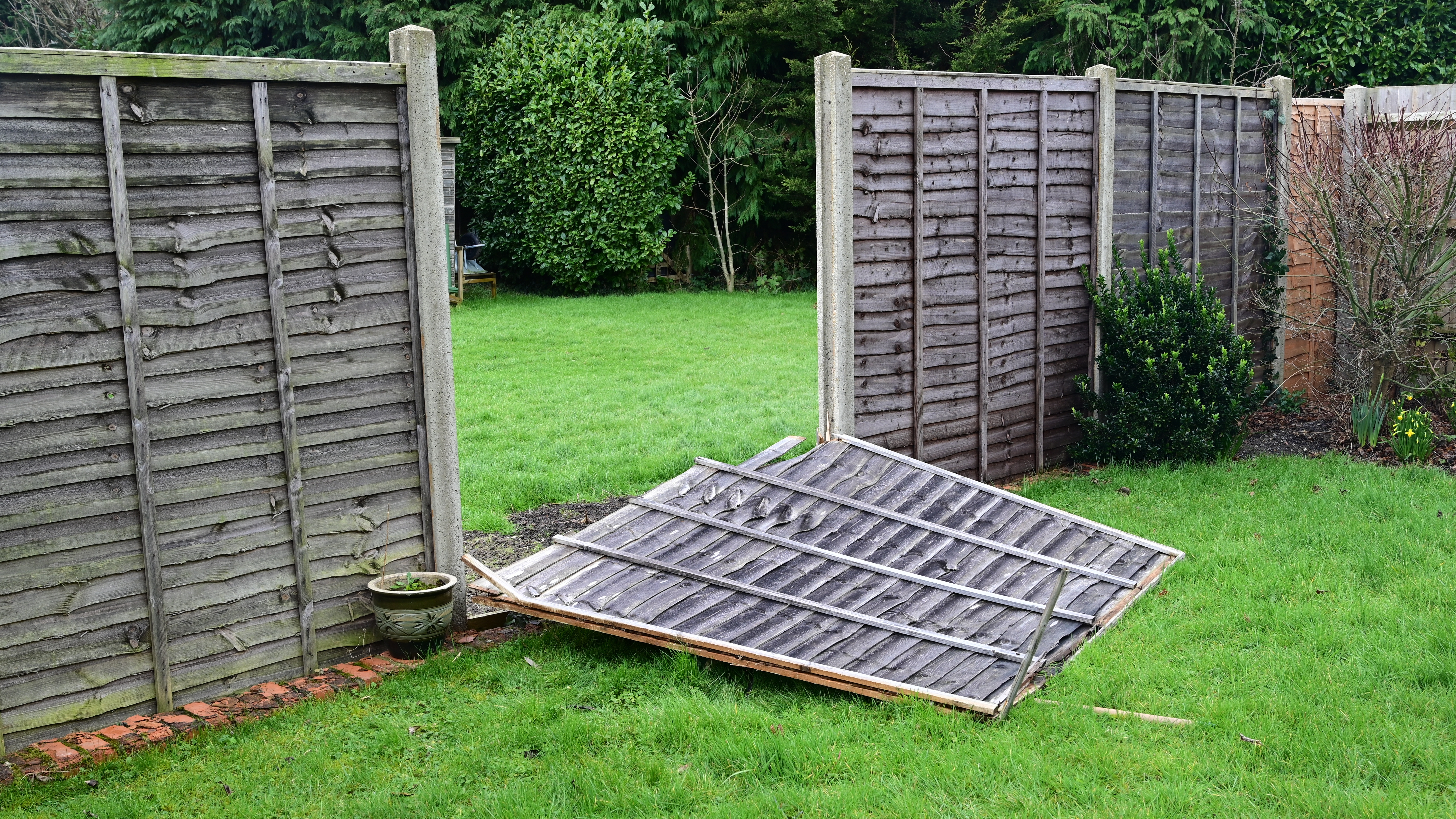I use ChatGPT every day — and I've found 3 prompt tips that deliver the best results

When it comes to prompting ChatGPT, many users (casual and expert) tend to write far more than is needed and start with the wrong wrongs. Many users are over-explaining to the already intelligent chatbot or adding details that simply do not belong.
Like most users, when I first started using ChatGPT I added extra details or used complete sentences and proper grammar, just to ensure that the chatbot understood me. This is a rookie move because chatbots in general are really good at understanding context.
Here's a little-known secret — an overly wordy prompt often causes the chatbot to miss the mark, it’s why the 3-word-prompt is my go-to and works so well.
Less is more when it comes to instructing your chatbot, with short, 5-to-7-word "command prompts" working the best most of the time.
1. Short prompts win

Wordy prompt: "Can you help me by writing an article about the best budget security cameras under $100, including some models that have night vision and work well for outdoor use?"
Concise prompt: "Compare budget security cameras under $100."
The result? Bloated, generic answers often miss the point entirely. According to the 2024 AI Index from Stanford and OpenAI:
- Short prompts (under 12 words) show 22% higher accuracy
- Responses are 40% faster
- Fewer “I don’t know” or incomplete replies
And in my own testing, short prompts consistently give sharper, more focused answers.
2. Start with a verb

Instead of a long-winded request, the best word choice for users to start with is a clear action. Among other power words, here are a few of my favorites:
Get instant access to breaking news, the hottest reviews, great deals and helpful tips.
- Summarize
- Compare
- Rewrite
- List
- Explain
This tells ChatGPT exactly what you want, which eliminates the guesswork (and potential for error).
Prompt 1: "Can you help me compare the best summer side dishes for a backyard barbecue?
Prompt 2: "Compare easy side dishes for a backyard barbeque."
You can see that the shorter, less-wordy prompt with a clear action produces better, more focused results. Users have become accustomed to chatting with their chatbot, which can lead to being overly verbose in their prompts.
But for many uses, that is just not necessary.
3. Add constraints later

Rather than stuffing everything into one giant prompt, I build the answer step-by-step.
First prompt: “List 3 popular types of running shoes.”
Follow-up: “Now include only brands under $150.”
Next: “Summarize their best features.”
This makes the conversation flow naturally — and makes it easier to refine on the fly.
Bonus: Chain simple prompts
Avoid the common mistake of stuffing too much information into a prompt with this simple fix.
Instead of this prompt:
"Explain quantum computing like I’m 12, using metaphors but not oversimplifying, and include real-world applications."
Try this prompt chain:
"Define quantum computing in one sentence."
"Now add a metaphor."
"Give 3 use cases."
By chaining simple prompts, I now get clearer, more accurate results — and avoid the dreaded “As an AI, I can’t...” replies.
When long prompts still work

Of course, there are times when long prompts are worth it — especially for creative tasks:
- Roleplaying: “Act as a sarcastic IT expert diagnosing my slow PC.”
- Creative writing: “Write a noir story about a hacker in 1995.”
- Style matching: “Imitate Hemingway’s style to describe a sunset.”
In these cases, the extra detail helps the AI adopt the right tone, perspective or persona.
Bottom line
Since adopting these 3 simple rules, I’ve saved time on excess prompt rewrites and have gotten higher-quality responses with far fewer frustrations.
There's nothing worse than when the response is incomplete or the AI gives off-topic replies. If you've ever gotten a response that refers to an earlier conversation and has nothing to do with the current one, you know what I'm talking about. This shorter prompt trick will fix that, too.
Long story, uh, short, prompt by cutting to the chase. The chatbot will be able to handle your prompts if you start simple and build on your request. Then sit back and watch your results improve.
What’s the shortest prompt that ever gave you genius results? Share in the comments — I’d love to try it!
More from Tom's Guide
- I tested creative writing prompts on Claude and ChatGPT— only one delivered
- The one word you should never say to your AI chatbot
- Want better-looking AI videos? These prompt tricks make a huge difference

Amanda Caswell is an award-winning journalist, bestselling YA author, and one of today’s leading voices in AI and technology. A celebrated contributor to various news outlets, her sharp insights and relatable storytelling have earned her a loyal readership. Amanda’s work has been recognized with prestigious honors, including outstanding contribution to media.
Known for her ability to bring clarity to even the most complex topics, Amanda seamlessly blends innovation and creativity, inspiring readers to embrace the power of AI and emerging technologies. As a certified prompt engineer, she continues to push the boundaries of how humans and AI can work together.
Beyond her journalism career, Amanda is a long-distance runner and mom of three. She lives in New Jersey.
You must confirm your public display name before commenting
Please logout and then login again, you will then be prompted to enter your display name.









